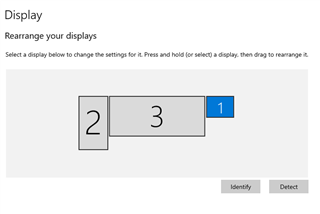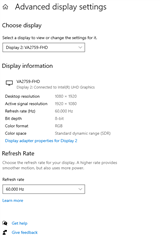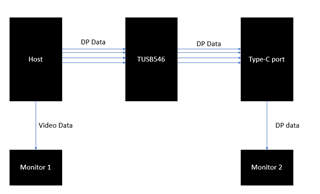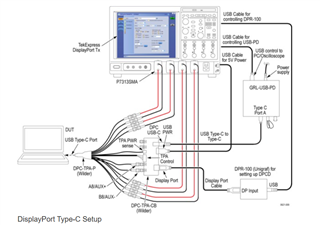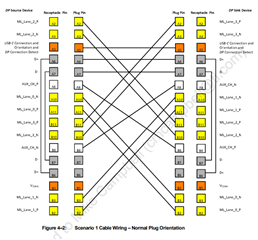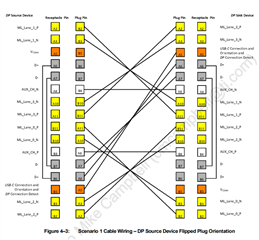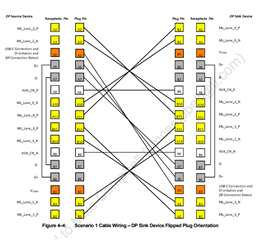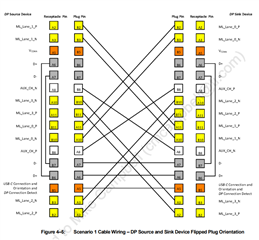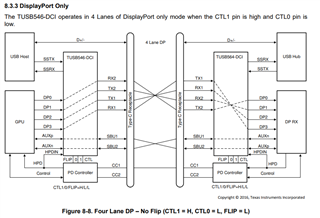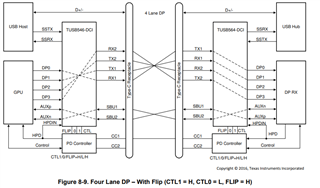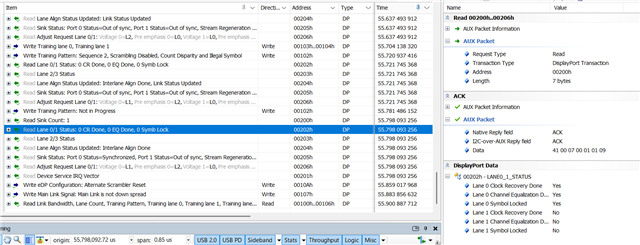Other Parts Discussed in Thread: TPS65987DDK
Tool/software:
Hello,
We are facing display issue when we use combination between TPS65987DDK and TUSB546.
I'm asking same question to TPS65987DDK support team, however, I would like to confirm this from viewpoint of highspeed signal.
We configure custom board as DFP only with alternate only mode(DisplayPort). (This means we do not use USB3.x)
We could get HPD signal from TPS65987DDK after CC negtiation and input this signal to TUSB546 correctly.
However, we are facing following issue.
* We observed that we can NOT confirm display when we use Type C to Type C cable with customer board.
Here is detail.
We did test with several pattern. We could not confirm display case of type-c to type-c cable with customer board image source.
To check whether this issue is related to cable quality, we did test by using PC as image source. However, when we used PC as image source, we could confirm display on any case of display.
We confirmed HPD is asserted and also confirmed DP signal at near of type-C connector (checked signal after passing through AC coupling (approx +/-600mV) in all following cases.
The first question is below.
Q. Is +/-600mV which I described above expected signal level ?
Best Regards,



